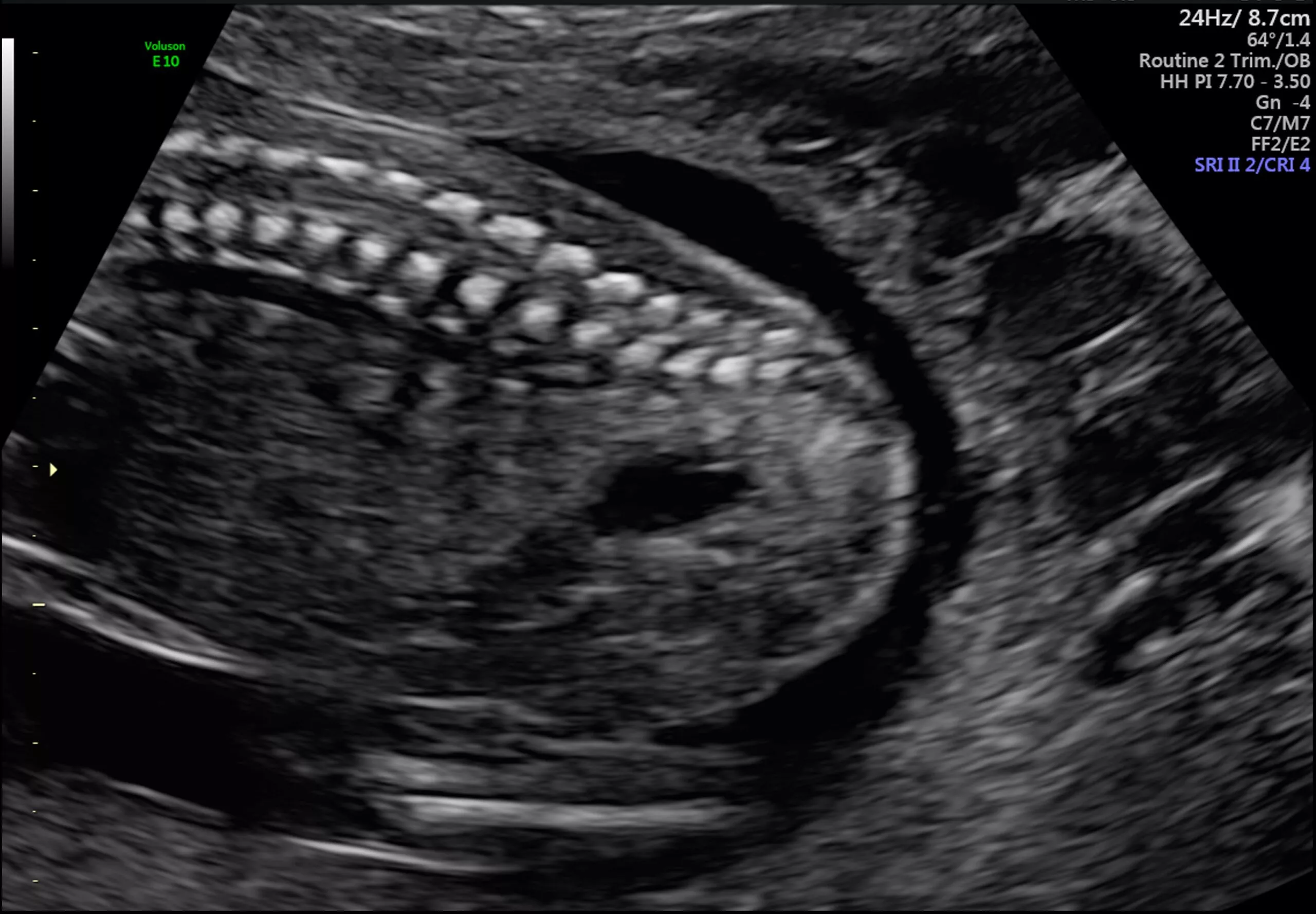19 to 20 Week Morphology Scan
What is the 19-20 week scan or “Morphology” scan?
A Morphology scan is a recommended ultrasound examination of your pregnancy at 19-20 weeks gestation. The Ultrasound Care specialist doctors and sonographers can use the Morphology scan for the following insights into your pregnancy and your baby.
- Confirm that the fetal heart is beating
- Detect multiple pregnancies
- Measure the fetal size
- Check the volume of amniotic fluid around your baby
- Look for fetal abnormalities
- Assess the position of the placenta
- Check the length of the cervix
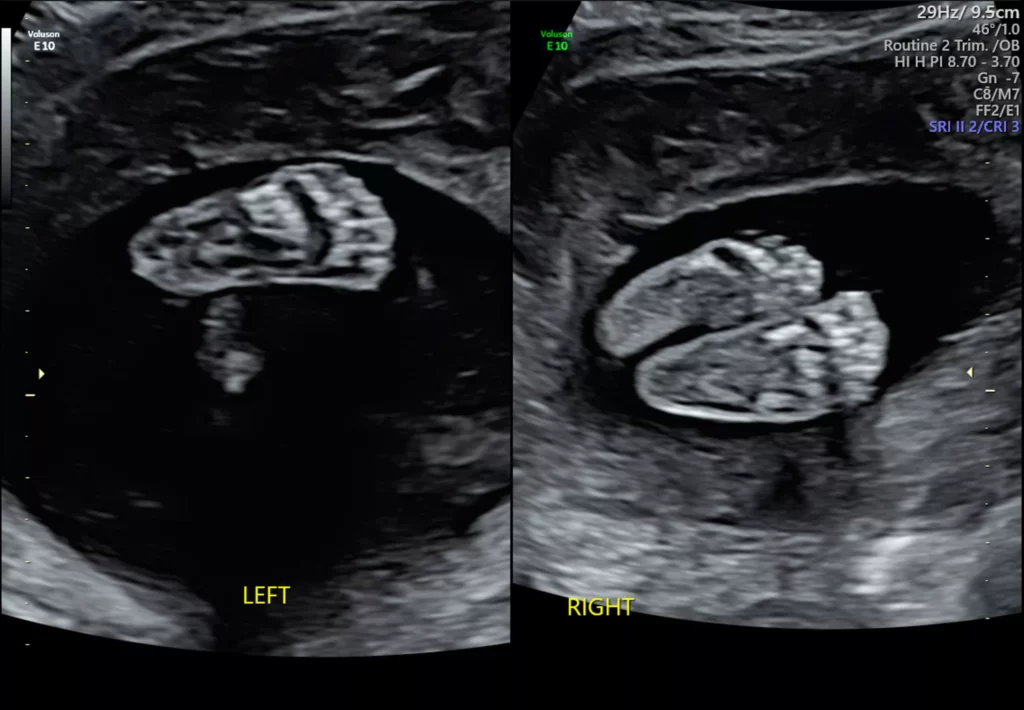
Why is it important to scan the pregnancy at 19 – 20 weeks gestation?
Ultrasound Care recommends a pregnancy scan at 19-20 weeks gestation as there are usually good views of the baby’s limbs as well as their internal organs. The scan is sometimes called a “morphology scan” because we are looking at the fetal shape, and it is sometimes referred to as an “anomaly scan” as we check for fetal abnormalities at this time.
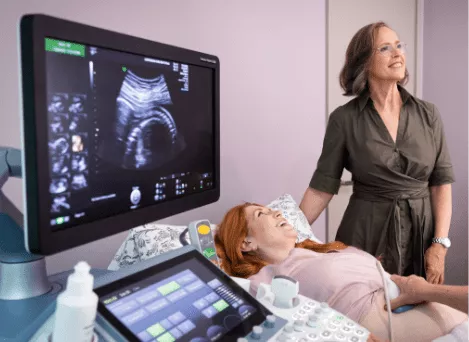
Can I find out the sex of my baby at the Morphology scan?
Ultrasound examination is never 100% accurate at determining the fetal sex, however if you want to know the sex of your baby, please let our care team know at the beginning of the examination so that we have several opportunities to view the region and improve our accuracy for you.
What sorts of abnormalities can be detected at the Morphology ultrasound?
There are a number of different types of congenital abnormality listed in the table below as well as how likely a scan will identify each problem.
| Problem | What the problem is? | Chance of being seen |
|---|---|---|
| Spina Bifida | Open spinal cord | 90% |
| Anencephaly | Absence of the top head | 99% |
| Hydrocephalus | *Excess fluid within the brain | 60% |
| Major congenital heart problems | 25% | |
| Diaphragmatic hernia | A defect in the muscle which separates the chest and the abdomen | 60% |
| Exomphalos/gastroschisis | Defect of the abdominal wall | 90% |
| Major kidney problems | Missing or abdominal wall | 85% |
| Major limb abnormalities | Missing bones or very short limbs | 90% |
| Cerebral palsy | Spasticity | Never seen |
| Autism | Never seen | |
| Down Syndrome | May be associated with heart and bowel problems | About 40% |
| *Many cases present late in pregnancy or even after birth | ||
What happens if a problem is found during the scan?
If your Ultrasound Care obstetrician finds a problem, we will advise you of this at the time of the scan and discuss what we can see so far. However, a full discussion of the problem may require further scan views, or scan views on another day when the baby is in a different position or is a bit bigger. It is often necessary for pregnant women to come back to the practice for a further scan and discussion with a specialist, however most problems that need repeat scanning are not serious.
It is important to understand the Morphology scan is a complex scan and in about 5- 10% of scans we are unable to achieve every view that we need, and you will be asked to wait a little while or to come back on another day. Around 1% of Morphology scans take pregnant mothers 2 or 3 visits to complete. This is not because the Ultrasound Care doctors are necessarily worried, but we do have high standards on the imaging we require.
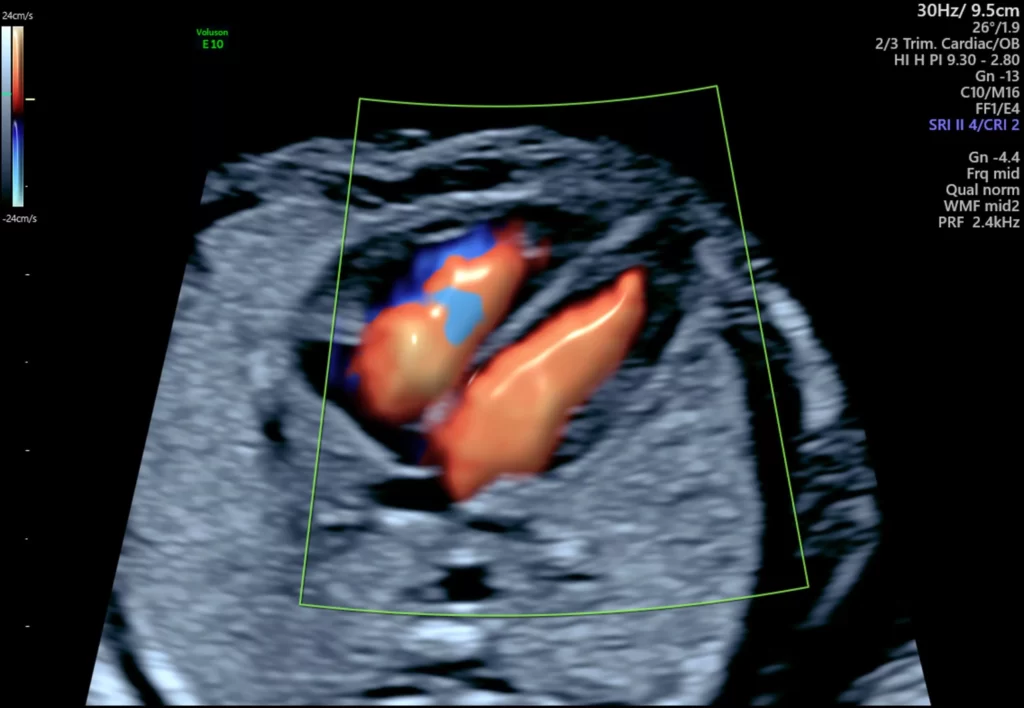
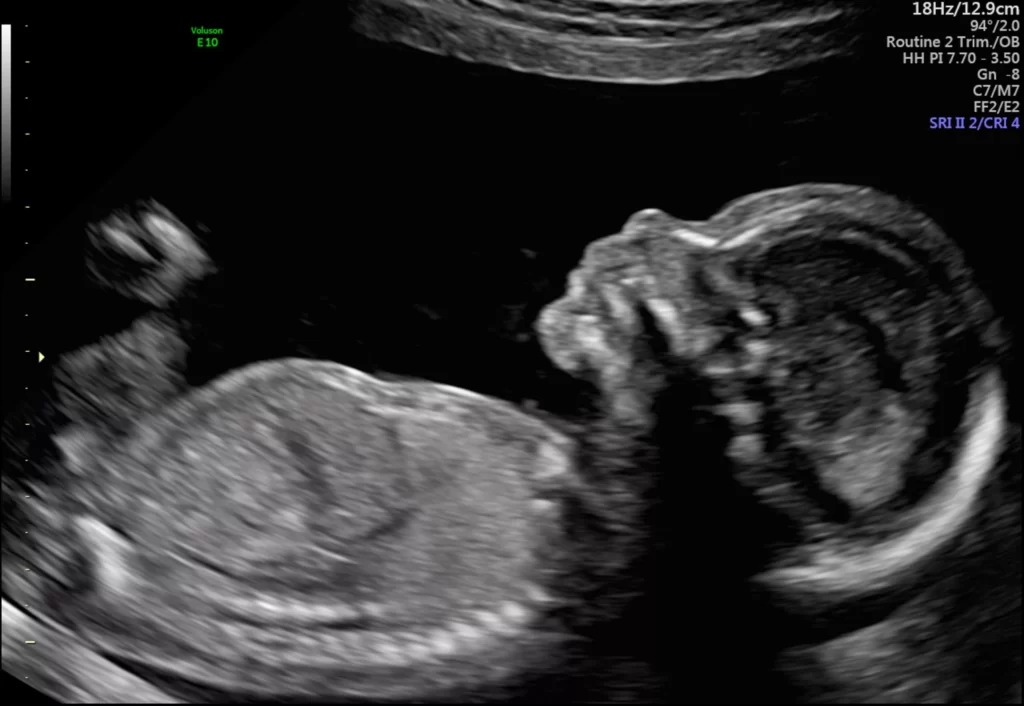
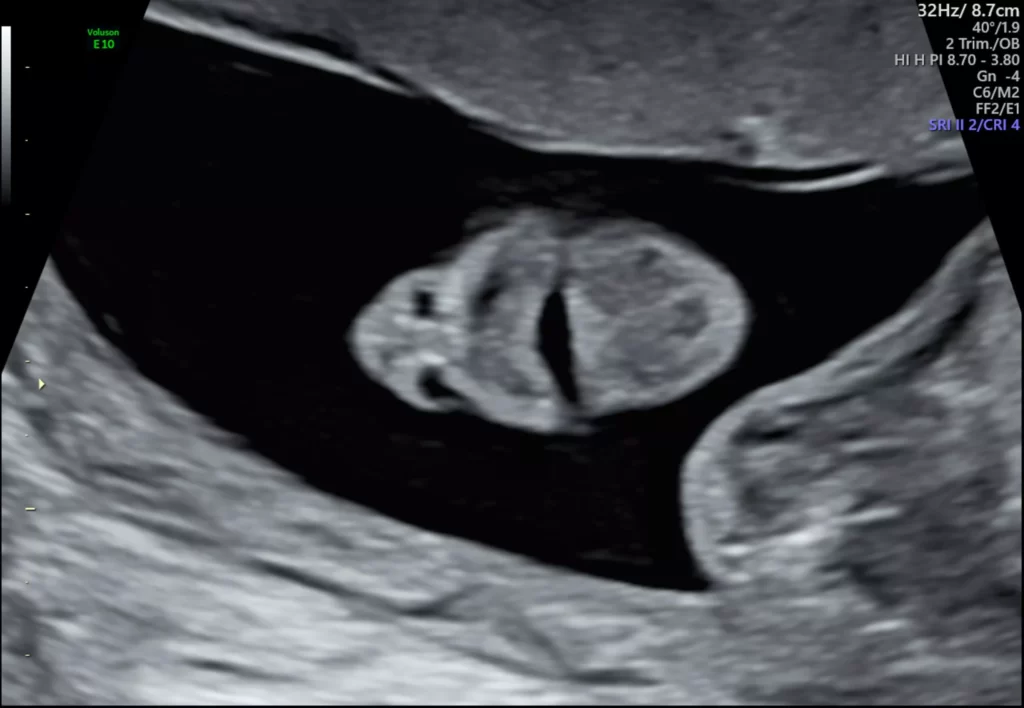
How safe is ultrasound during pregnancy?
Ultrasound uses sound waves, not ionizing radiation like x-rays. There have been many long-term studies which have shown that ultrasound is completely safe to the baby, and there have been no adverse effects on babies from an ultrasound examination before birth. Follow-up studies have shown normal growth and development, normal eyesight and hearing and a normal range of school performance in children who had ultrasound examinations when in utero.
Rest assured, that the Ultrasound Care obstetricians and sonographers are highly experienced in performing Morphology scans. Both you and your baby’s health are important to us, and we want to ensure we do all we can to best assess it. Please call us to arrange for your 19-20 week scan at an Ultrasound Care practice located around Sydney that is most convenient to you.

